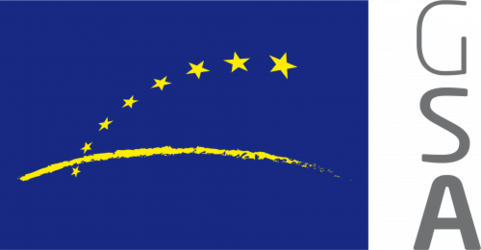GIOVE-A satellite orbit raised
GIOVE-A, the first Galileo test satellite in orbit, has been moved to a higher orbit to ensure that it does not cross the operational Galileo constellation’s orbits for more than 100 years.
Launched on 28 December 2005 from Baikonur, with an expected lifetime of two years,
GIOVE-A has secured the Galileo frequency filings with the International Telecommunication Union (ITU), facilitated the experimental reception of navigation signals from Medium Earth Orbit (MEO) – using two transmission channels in parallel – and transmitted data to characterise the MEO environment using two different radiation-monitoring instruments.
Together with
A series of slow manoeuvres was made during July and August, repositioning the satellite 113 km above the operational Galileo orbits. This is standard procedure for navigation satellites, to avoid interference with operational spacecraft. GIOVE-A has resumed its navigation signal transmissions and still has a significant amount of propellant.
GIOVE-A was developed, manufactured and operated by Surrey Satellite Technology Ltd (UK).
GIOVE-A and





